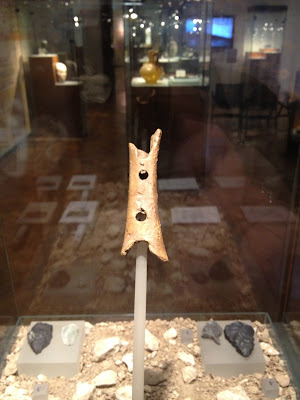 |
| Poor photo quality and focus due to gravitational lensing... |
First, realize that every day we deal with matters of matter and antimatter, energy and dark energy, gigantic blobs of supercluster-filled filaments and voids. You are one of the lucky ones. Most of us don't usually think about it or come across such close and tangible evidence of other existences in places such as teacups. We leave it to the philosophers or cosmologists such as Max Tegmark (great website!) or theoretical physicists like Brian Greene (website also great!)
You have to come to terms with the fact that we could all simply exist swirling around in someone else's cup of tea. Galaxy, galaxy cluster, supercluster, filament, or whole universe!
Hypothetically, there is the possibility of existing in a multiverse - a finite or infinite set of universes, including the one we are currently experiencing. These parallel universes are also called "parallel dimensions" and "alternate universes".
If you prefer the infinite number of universes, you might eventually come across the theory that some that are phased exactly as our universe is. This goes along with the idea that our universe is not "special" or unique.
Here are some media links that Tegmark recommends that have to do with multiple universes: http://space.mit.edu/home/tegmark/popular.html
Here is a link to one of Brian Greene's terrific books: The Hidden Reality
In it, he goes through his outline of nine types of universes. Makes you think!
* Side note I cannot aVOID (haha!): One of the COOLEST things I learned last year was that our Virgo Supercluster is surrounded by three voids - the Sculptor Void, Bootes Void, and the Capricornus Void. Voids correlate to the colder temperatures in the Cosmic Microwave Background (CMB) and they have few galaxies. Voids are found between filmental structures (and those include superclusters). You can't have filamental structures without empty spaces. I always ask my music students...can you have sound without silence? What about audiation? I'd love to have a conversation with John Cage about his views on sound and silence and philosophize a bit. I'll bet that would be fabulous. I'd also like to have tea with Brian Greene - more fabulosity!
So, ENJOY the galaxy in your tea. GO ahead, drink it and now you yourself consist of multiple worlds. Have you ever had a close look at your eyes? You will sometimes find stars in them..... :-)
Five Reasons We Live in a Multiverse - by Clara Moscowitz, one of my favorite Space.com writers http://www.space.com/18811-multiple-universes-5-theories.html
But wait, you say it's even worse, that there's a galaxy with multiple black holes in your tea?
How about you try drinking iced water....















































